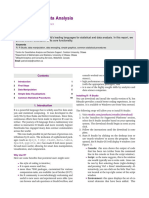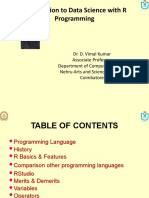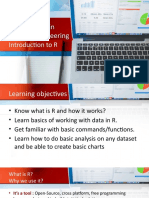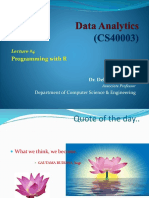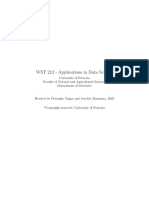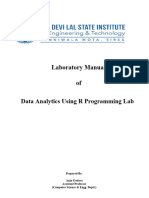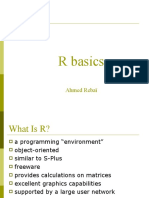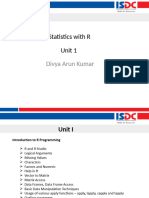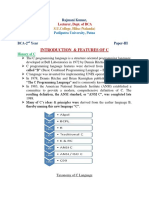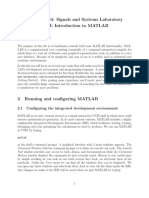0% found this document useful (0 votes)
7 views51 pagesData Analytic Using R - Advanced
The document states that the training data is current only up to October 2023. No additional information is provided. It emphasizes the limitation of the data's recency.
Uploaded by
Andri Fadillah MartinCopyright
© © All Rights Reserved
We take content rights seriously. If you suspect this is your content, claim it here.
Available Formats
Download as PPTX, PDF, TXT or read online on Scribd
0% found this document useful (0 votes)
7 views51 pagesData Analytic Using R - Advanced
The document states that the training data is current only up to October 2023. No additional information is provided. It emphasizes the limitation of the data's recency.
Uploaded by
Andri Fadillah MartinCopyright
© © All Rights Reserved
We take content rights seriously. If you suspect this is your content, claim it here.
Available Formats
Download as PPTX, PDF, TXT or read online on Scribd
/ 51





